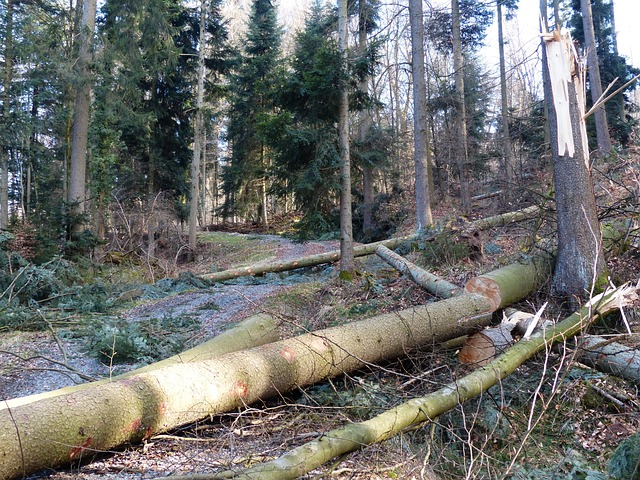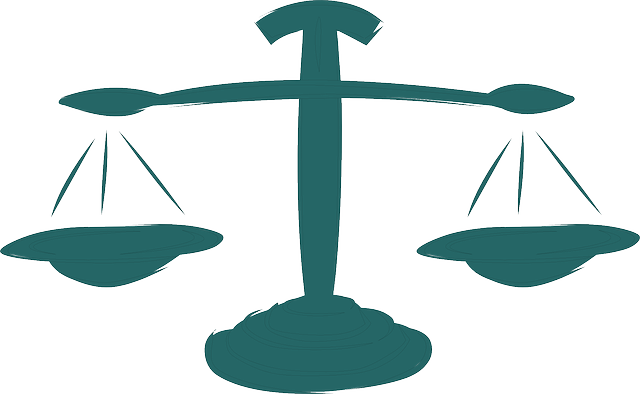Uncovering the advantages of connecting with people without monetary ties, this text promotes genuine relationships and personal growth through Radaris, a powerful online tool. Radaris simplifies the process of finding individuals by aggregating public records and digital profiles from various platforms, offering a three-step search process. While useful for reconnecting with old friends or conducting background checks, it raises privacy concerns due to potential inaccuracies and outdated data. Users are advised to verify information from multiple sources before making decisions based on Radaris' free search results.
“Uncover anyone’s digital footprint with Radaris – your ultimate tool for free public records search. Radaris aggregates online profiles, social media, and traditional databases, providing a comprehensive view of individuals across various platforms. Discover how this innovative service empowers users to find people quickly and efficiently, from locating long-lost friends to verifying professional backgrounds. But be mindful: while Radaris offers immense benefits, privacy concerns and limitations must be considered before delving into its vast data repository.”
- What is Radaris and How Does it Work?
- Benefits of Using Radaris for Finding People
- How to Search for Someone Using Radaris
- Privacy Concerns and Limitations of Radaris
What is Radaris and How Does it Work?

Benefits of Using Radaris for Finding People

Using Radaris offers significant advantages when it comes to locating individuals across various online platforms. One of its key benefits is providing users with a centralized hub to conduct comprehensive searches, enabling them to find someone free and access detailed public records and digital profiles with ease. This powerful tool aggregates data from numerous sources, making it simpler for people to reconnect with old friends, family members, or even conduct background checks.
With Radaris, you can explore a vast database of information, including social media profiles, news articles, professional networks, and more. The platform’s ability to cross-reference data ensures accurate results, allowing users to pinpoint specific individuals quickly. This is particularly useful for researchers, investigators, or anyone seeking to verify identities, trace someone’s history, or simply reconnect with long-lost acquaintances without the complexities of traditional search methods.
How to Search for Someone Using Radaris

Using Radaris to find someone for free is a straightforward process. Simply visit the Radaris website or use their dedicated app, then create an account by providing your email and creating a password. Once logged in, you can start your search by entering the person’s name, last known location, or even their previous addresses. Radaris scours public records and online profiles to deliver relevant results, making it easy to reconnect with long-lost friends, family members, or colleagues.
Refine your search by narrowing down parameters like age range, occupation, or education level. Radaris also offers advanced search options, allowing you to search for specific details within the data they aggregate. With their user-friendly interface, you can quickly browse through profiles and view contact information, social media links, and other public data. This makes it an efficient tool for anyone looking to find someone free and easily.
Privacy Concerns and Limitations of Radaris

While Radaris offers a powerful tool for finding people and verifying information, it’s crucial to acknowledge its privacy concerns and limitations. The platform aggregates vast amounts of public data from various sources, including social media profiles, court records, and professional networks. This extensive data collection raises questions about individual privacy and the potential for misuse or unauthorized access.
Users who opt to search for someone free on Radaris should be aware that not all information is accurate or up-to-date. The platform’s algorithms may sometimes produce inaccurate results due to errors in public records or incomplete data. Additionally, Radaris’ reliance on third-party sources can lead to inconsistencies and outdated details, highlighting the importance of verifying critical information from multiple channels before making any significant decisions based on the aggregated data.














